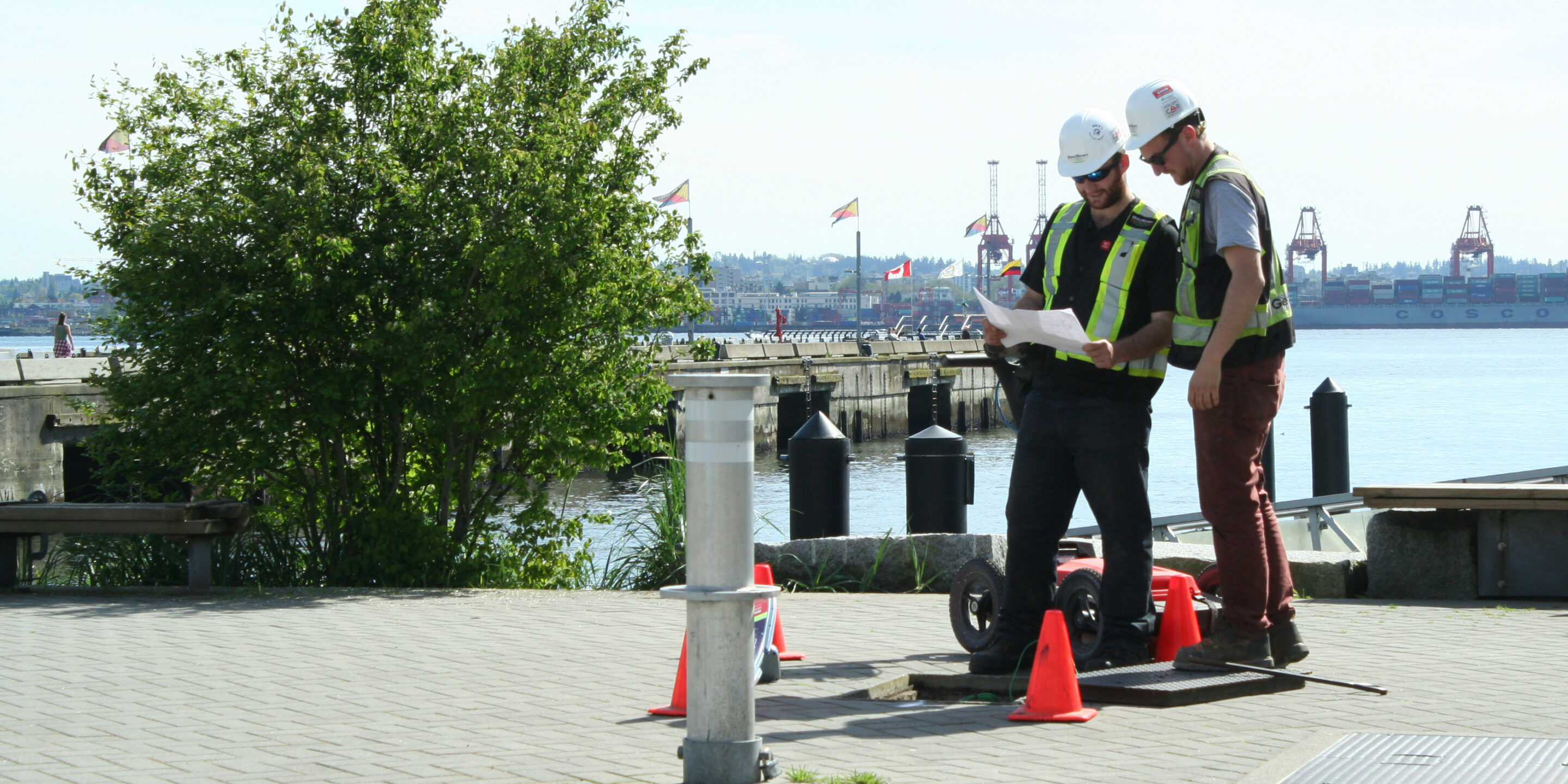As infrastructure projects become more complex and the cost of delays rises, alliance contract models are gaining popularity as a collaborative alternative to traditional delivery methods. These agreements unite clients, designers, contractors, and service providers under a single contract that emphasizes shared risk, reward, and decision-making. Built on transparency and joint accountability, alliance contracts promote early stakeholder engagement, proactive planning,risk mitigation and innovation. By aligning incentives around common goals for time, cost, quality, and safety, they reduce adversarial dynamics and foster real-time collaboration. In contrast, traditional models like design-bid-build often discourage early risk identification, leading to inefficiencies and reactive problem-solving.
Since unknown underground conditions are difficult to quantify and carry a high degree of uncertainty, they are often left unaddressed in initial bids. Contractors may be reluctant to take on liability for these unknowns, and clients/owners may avoid the additional upfront cost of investigating them thoroughly. As a result, the subsurface is frequently treated as someone else’s problem—until it’s too late.
Rather than proactively identifying underground infrastructure and incorporating it into the design phases, traditional models often rely on change orders to deal with unforeseen conditions as they arise. This reactive approach can be costly, disruptive, and adversarial, with each party focused on protecting their own interests rather than working together to resolve issues. In some cases, the profit model itself becomes dependent on these change orders, creating a disincentive to resolve subsurface uncertainty early. Alliance contracts flip this dynamic. Because risk and reward are shared, all parties have a vested interest in identifying and managing subsurface conditions as early as possible.
Incorporating Subsurface Utility Engineering (SUE) and Site Characterization into the design phase allows for better-informed decisions, greater cost certainty, and smoother delivery. Teams can develop a unified understanding of what lies beneath the site and use that information to shape decisions before construction begins.
By delivering high-resolution information about underground conditions, SUE and geophysical investigations—including methods like Ground Penetrating Radar (GPR), Electrical Resistivity Tomography (ERT), and Multichannel Analysis of Surface Waves (MASW)—enable design and construction teams to identify potential risks, resolve conflicts before they occur, and reduce the likelihood of delays.
To ensure reliability and transparency, SUE work is best performed in accordance with ASCE 38-22, the recognized industry standard for classifying and managing utility data. This standard helps align expectations across disciplines by providing a consistent framework for assessing data quality and source reliability.
SUE deliverables can also be provided in fully georeferenced 3D models, which can be directly integrated into Building Information Modeling (BIM) platforms. Incorporating underground infrastructure into BIM enhances coordination, improves clash detection, and reduces the likelihood of costly rework—particularly in urban, congested, or technically constrained environments.
Everyone benefits when underground infrastructure is treated as a shared responsibility and a critical design input—not an inconvenient unknown to be deferred. Alliance models encourage embracing the opportunity to understand sub-surface risks early in the project, enabling effective risk mitigation and costing of risks. This early investment in understanding subsurface conditions supports better outcomes, more resilient planning, and a more collaborative project culture.
